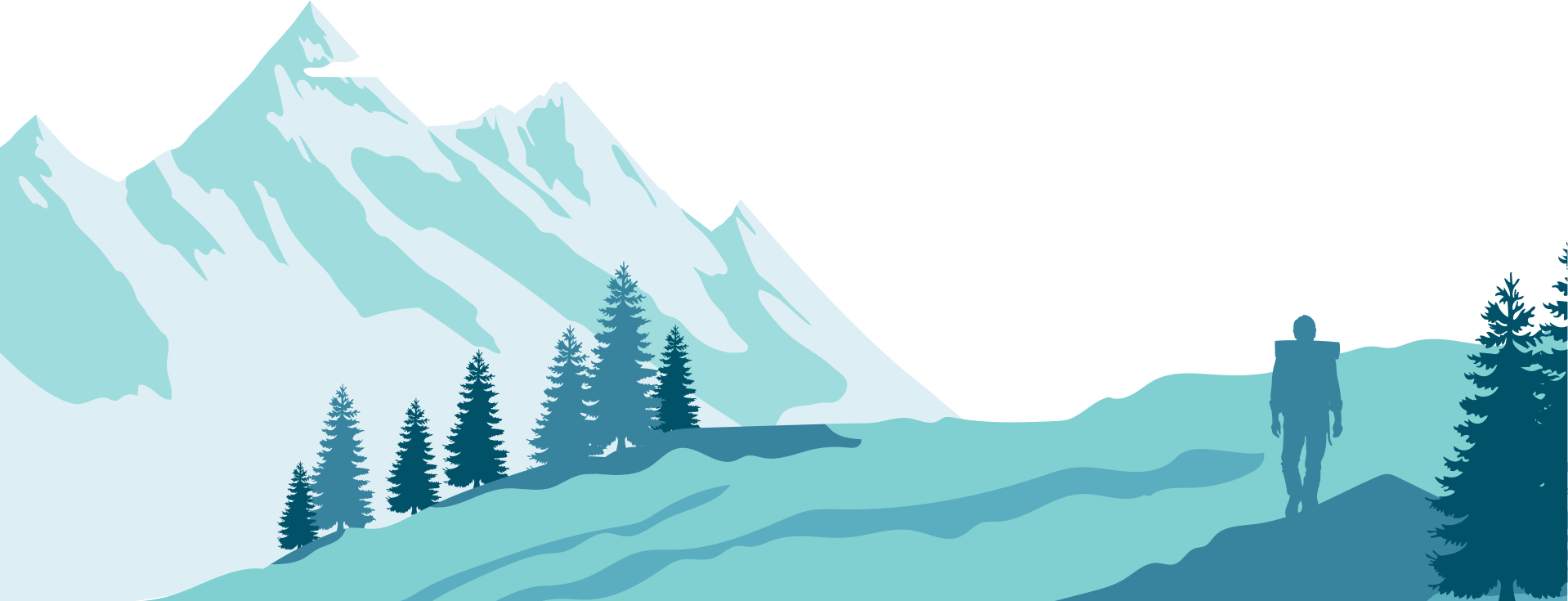

Being able to fire a rifle, catch a fish and skin a rabbit are life skills you may have picked up from childhood. The more time you enjoy and spend outdoors, the more important it is to have a broad and reliable range of survival skills. Building up your skills ensures you can survive. It also helps you to enjoy more wild and explorative adventures. From bush craft to knife maintenance and shelter building to fire, we’re looking at essential survival skills all outdoorsmen need to succeed.
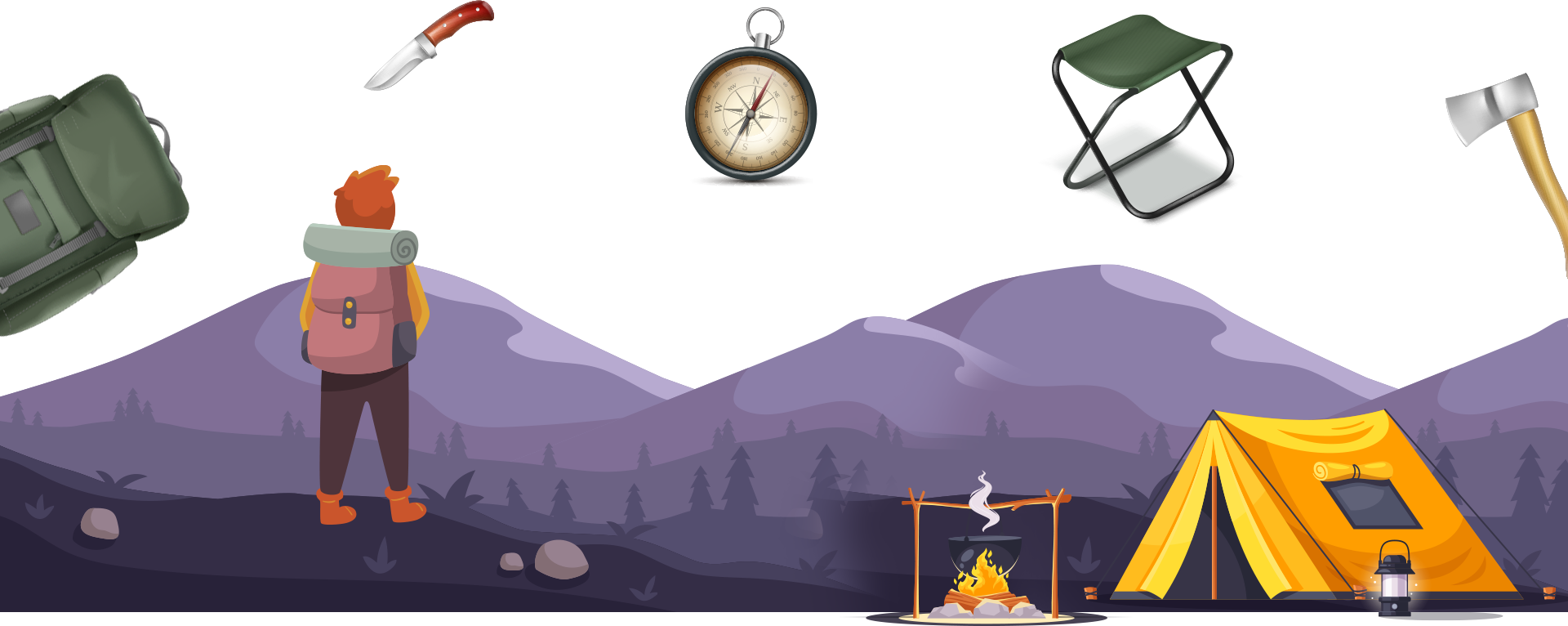

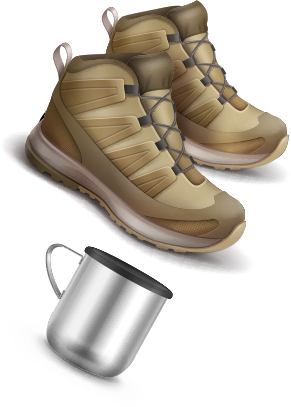
Fire is essential for many other tasks when you’re out in the wild. Building a fire allows you to keep warm, cook food and even purify water, so it is one of the most basic skills you need. While many people carry a lighter or matches, it isn’t always the case. Learning how to start a fire with sticks and kindling is a time intensive task but worth it. If you’re ever stuck without your gear it could even be essential.
Starting a fire is possible in all climates and weathers. In cooler and wetter times, it does take more effort and some tips to keep in mind include:
There are many different types of campfires to build. They vary in their complexity and include the following:
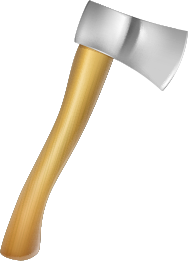
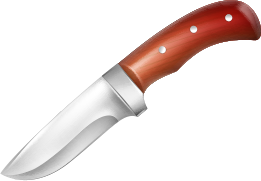
This type of fire has the classic shape we know well from movies and our childhoods. It uses a cone-shaped campfire structure and takes its name from the indigenous dwelling it looks like. You can feed it by leaning more sticks towards the upright structure. This type of fire consumes wood very and needs constant monitoring and feeding. It is the best choice for an instant hit of warmth, quick cooking tasks and boiling water when you need it.
A log cabin fire provides a sustained burn with minimal effort. You stack thick logs which fall onto one another as they burn but allow space in the center for air to flow freely. This creates a warm and enjoyable fire which burns more slowly than a teepee style fire. To build a log cabin fire you lay two large logs parallel to each other. Next, you stack two more on the opposite sides of those already there. You can continue to stack them up as high as you like and then place your kindling in the center before igniting.
An upside-down-pyramid or platform fire is quite similar in most ways to the Log Cabin, except it is primarily used for cooking. Stack logs close together and rather than starting the fire from the bottom, start it from the top. By starting from the top, this fire creates the “platform” of coals which it takes its name from. This platform is ideal for positioning pots and pans for cooking. Use three or more logs for the base of the fire so you can build enough height to create a suitable platform.
The star-shaped fire is a very traditional choice, used by indigenous American people. These groups would opt for the star shape when wood supplies were low. It works on the basis of burning logs bit by bit, rather than the whole log at once. This type of fire burns slowly with no need to chop or prepare the logs. To create a star fire, you begin with a small teepee from kindling and then position four or five logs around the tepee in a star shape. One end of the log is in the fire while the other end leads away. As the fire goes out, you can nudge in the next section of log and enjoy heat and fire for as long as you need it.
A good huntsman or outdoor pursuitist needs a good knife. A strong stainless-steel blade ensures lower risk of corrosion and a sharper edge than more modern carbon steel designs. The best knives for use in the wild tend to be partially serrated. This allows for slicing of soft things as well as hardier materials such as rope and webbing.
Once you have your perfect knife, you need to care for it well. Dull blades can be dangerous as well as useless. While you can sharpen your own knives, going to a professional ensures a great job. The best quality knives should only need sharpening once every couple of years. Using your knife incorrectly can also see its lifespan limited so make sure you use the right knife for the right job. Knife blades are not designed to open cans or to leant upon with your whole weight.


Taking to the open road or heading into the wilderness without some healthcare knowledge is never recommended. While you don’t have to be a trained medic to head out, you should make sure you’ve mastered the basics and carry a First Aid Kit among your essentials. The kit should include:
To stop bleeding from a cut or graze, you need to find the source of the blood and prevent any risk of infection. Stop the bleeding by applying direct pressure to the wound, using gloves or gauze. Avoid using bare skin as this could raise the risk of infection. You can also raise limbs can above heart height to slow bleeding. Wounds that bleed after 10 minutes of direct pressure may need medical attention.
Burns often occur when working with open fire, but they can be easily treated too, if you’re quick. Stop burning instantly by cooling the area with clean, cold water. This helps to prevent infection. Apply a sterile dressing to the burn and wrap in gauze to cut the risk of infection. Clean clothing and cloths are a suitable alternative if no bandages are available.
There’s nothing worse than a sprained ankle or knee when you’re enjoying the great outdoors. A sprain occurs when the ligaments connecting your bones tear or overstretch. The best way to treat sprains is RICES: Rest, Ice, Compression, Elevation, Stabilization. This may not always be possible when out but following as many steps as possible will help cut the pain and risk of further damage.
There’s nothing macho about getting injured miles from home without the basic medical skills to look after yourself.
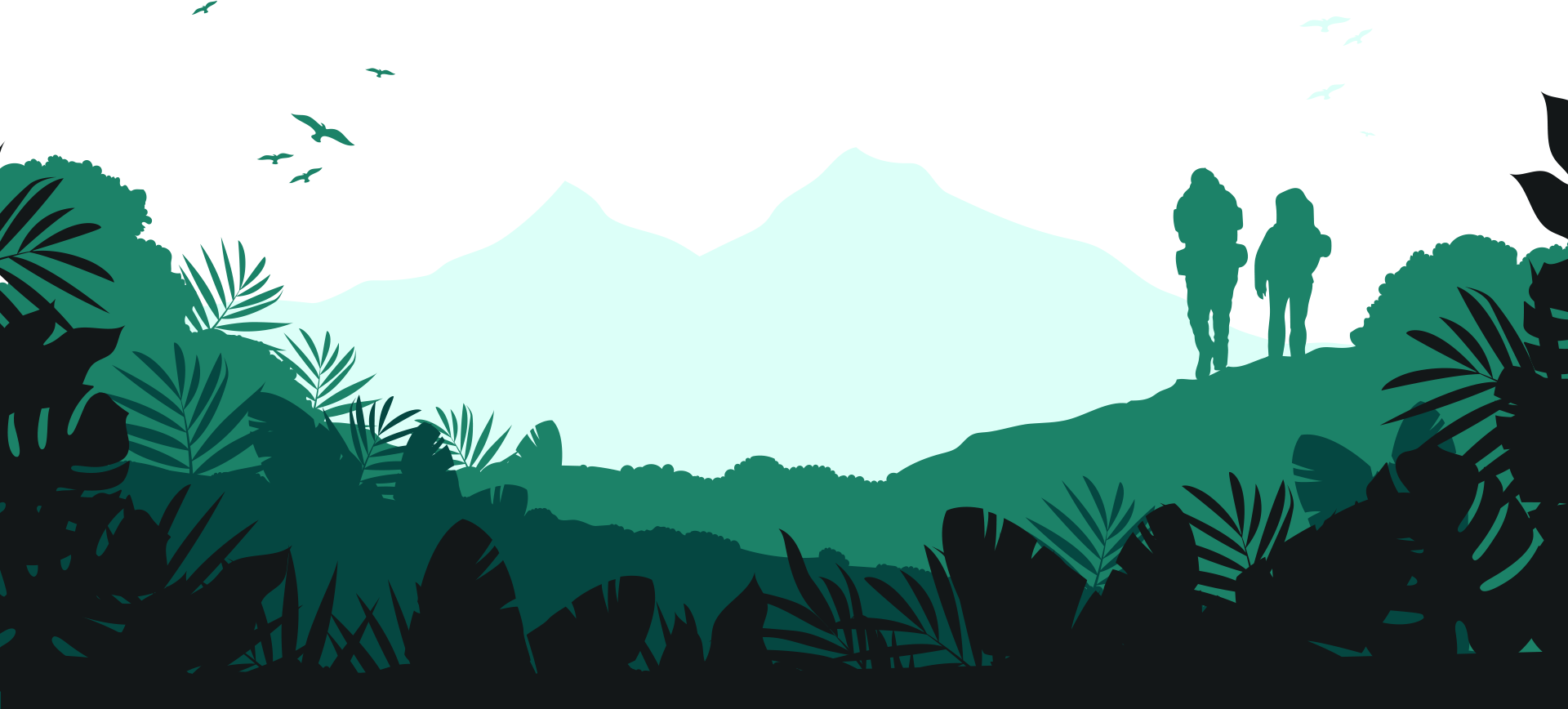

While most travelers have a tent with them, this isn’t always the case. The skill of erecting your own shelter is well worth learning. Remember, ensure you build shelters in dry and flat spaces away from water and wind so you can build your campfire with ease.
There are different types of shelter to consider but they generally fall into two groups:
Tree branches are the most versatile and useful tools for creating a survival shelter. Your shelter can make the most of the natural world and you can use twigs, branches, and other debris to create your sleeping and living space. Tree branch shelters can be complex or remarkably simple, constructed from debris. Finding mud or clay from the surrounding area helps to give some solidity to your structure. You’ll be amazed by what you can find out there to build your shelter, from fallen branches to leaves and clay, which you can combine to create a safe place to sleep.
If you haven’t brought a tent, you may have brought a tarp or similar large weighted blanket. With a tarp you have more options for your shelter including:
21st century man has the tech to show him where to go, but you may decide to forgo all your gadgets and enjoy the natural world in all its glory. What’s more, even if you have the most sophisticated GPS system there is, it won’t always be able to get a signal. Strengthening your navigation skills is always a good idea.
All outdoors enthusiasts should know how to use a compass, but the sun can also act as a huge compass in the sky. Simply place a stick in the ground and mark the end point of a shadow. This now shows west. Wait 15 minutes, draw a mark again at the end of the shadow and you’ve found east. Once you’ve found east and west, you can also determine north and south and begin to plot your route back.
Whether you’re heading out on a family campout or want to hunt in a challenging, rarely trekked area, keep your skillset in check. With these skills honed, your rifle cocked and a route to follow, you are ready to take on any challenge and catch even the most elusive prey.
